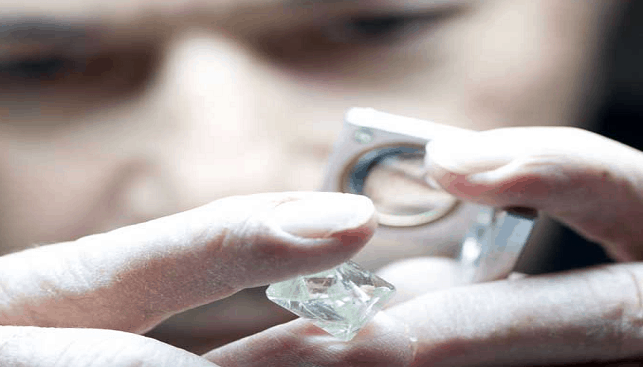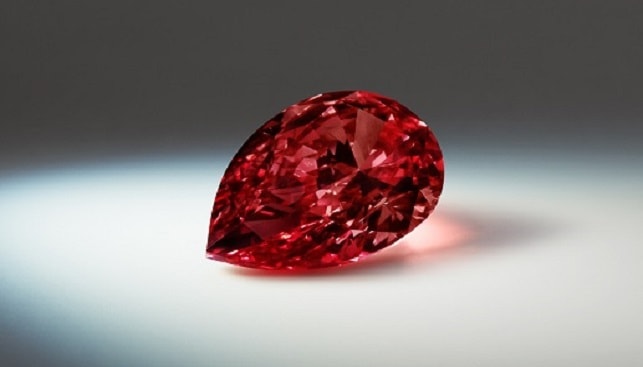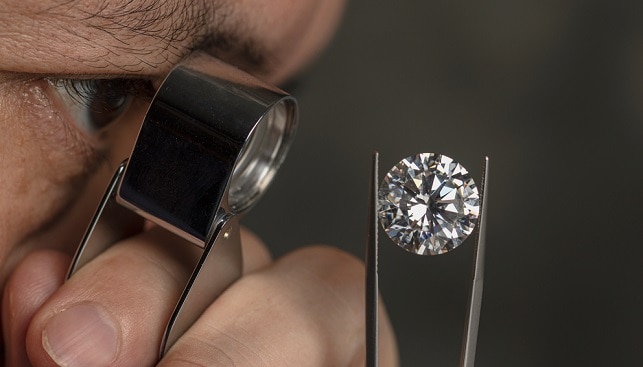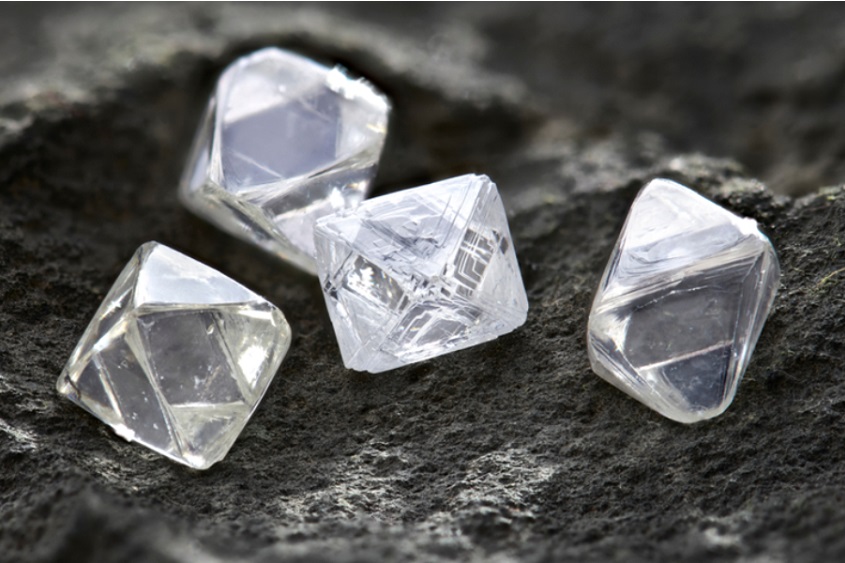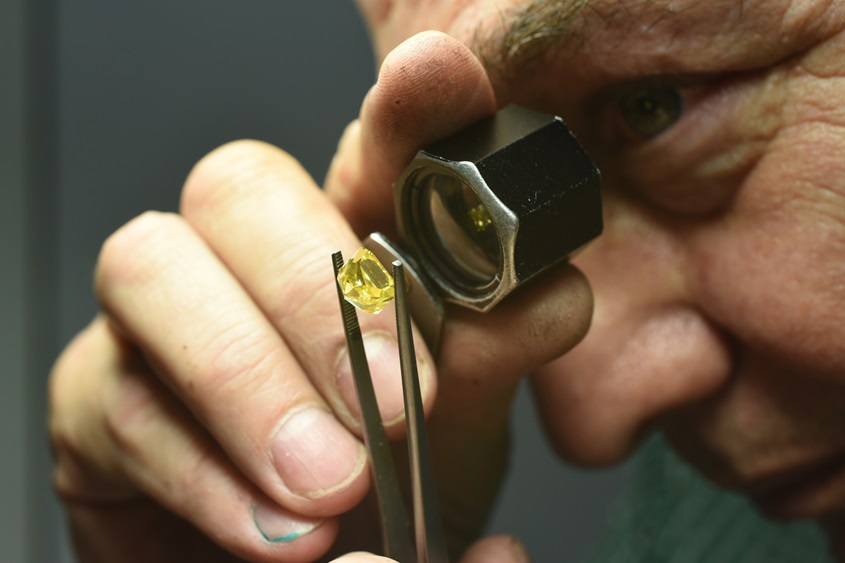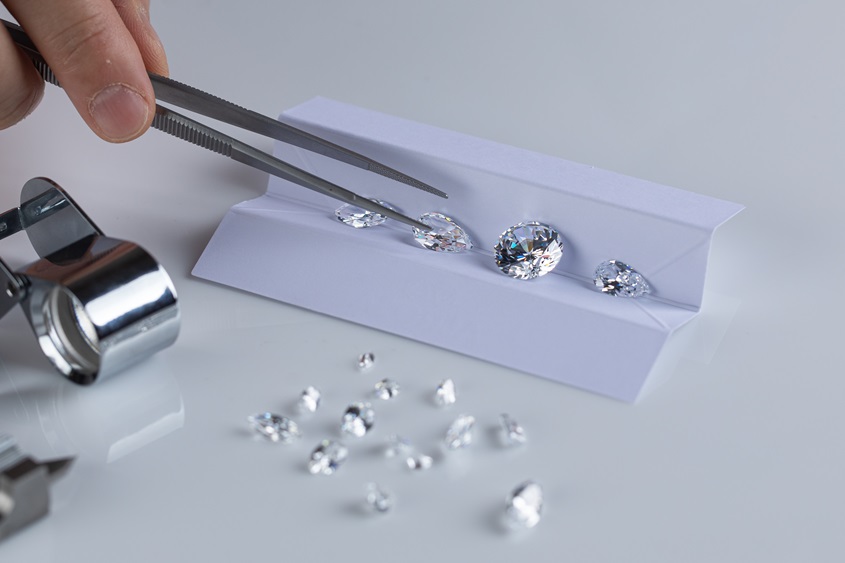The loupe (pronounced “loop”) is a small, handle-less magnifying device. While the loupe is used in many fields, including watchmaking, photography, printing, dentistry, and life sciences, the instrument is most often identified with the jewelry, gemstone, and diamond industries.
There are three kinds of loupes: A simple lens, which provides the least amount of magnification; the Galilean system, which uses multiple lenses and offers higher magnification; and the prismatic loupe system, which gives the user the highest level of magnification by using lenses and prisms to focus and reflect light.
In the diamond trade, a loupe must be able to provide 10X magnification. The Gemological Institute of America (GIA) has determined 10X to be the standard for grading a diamond’s clarity, meaning that an inclusion or blemish must be visible under 10X magnification to affect the clarity grade of a stone.
The jewelers’ loupe is such an integral tool for the diamond industry that the term has been retained by new tools, including jewelers’ and diamond dealers’ website and smartphone applications. In 2009, the HRD Antwerp gemological lab launched a new website that featured a number of animated tools, including a “virtual loupe.”
Last year, online diamond retailer James Allen introduced a version of the virtual loupe for its iPhone and iPad apps that lets customers “zoom in” on diamonds in the company’s online catalog.
In 2008, the World Gemological Institute (WGI) introduced its World Loupe, which detects fluorescence in diamonds using a combination of white and UV light.

